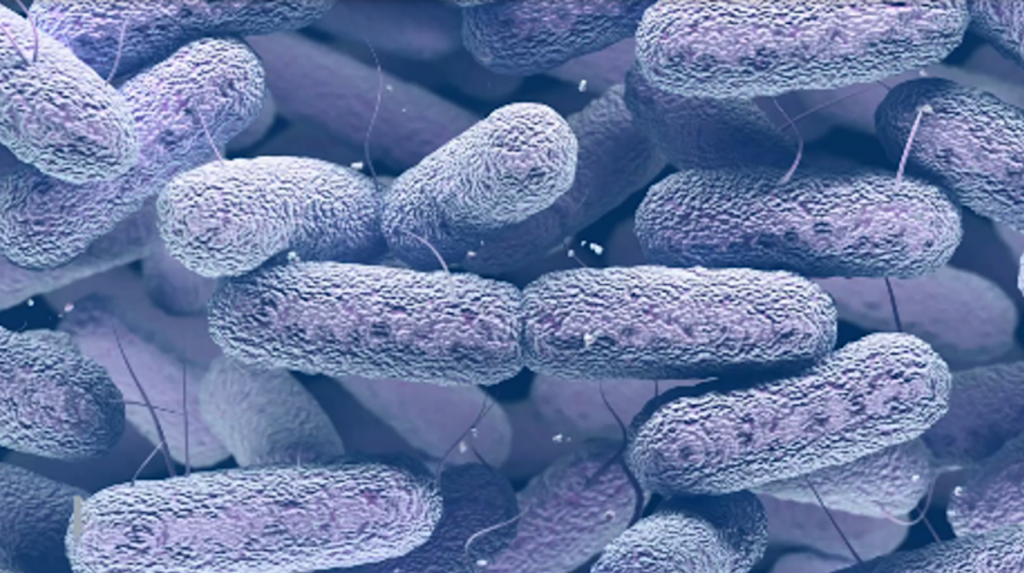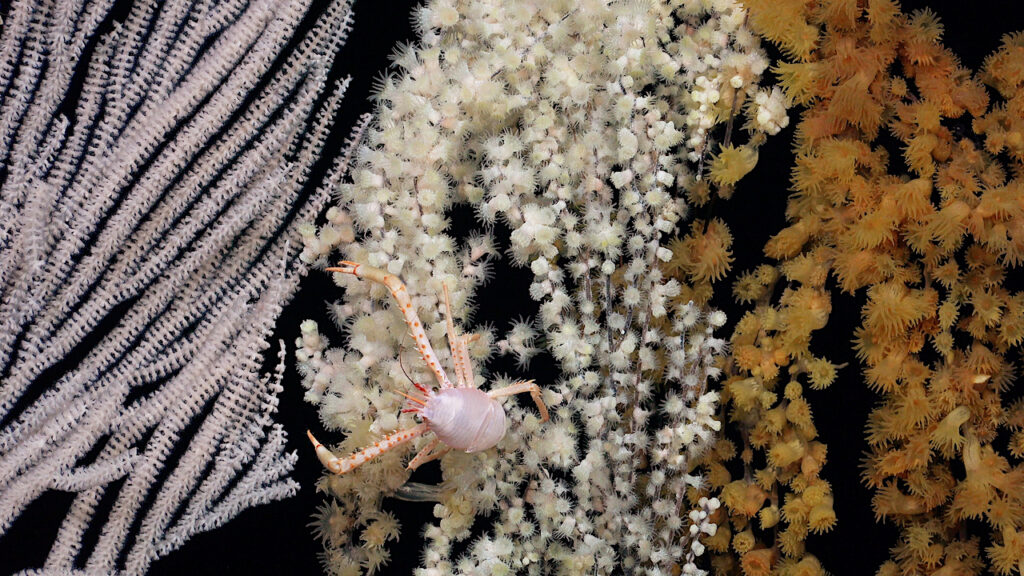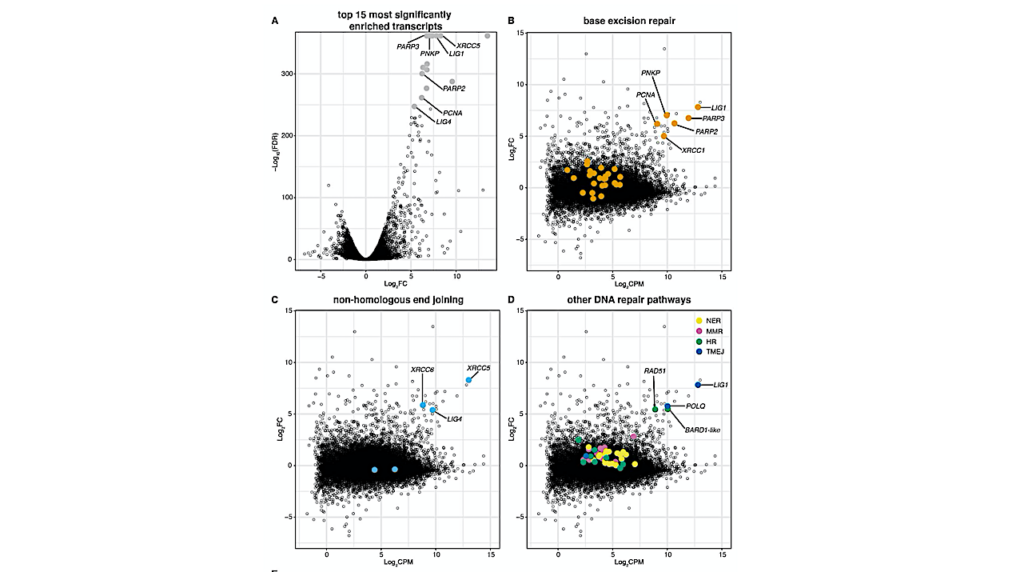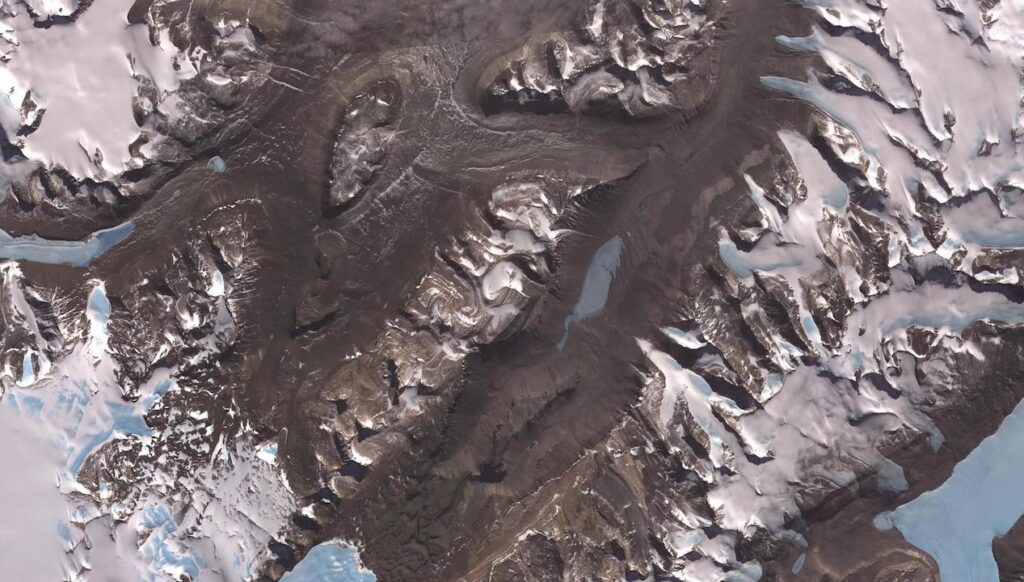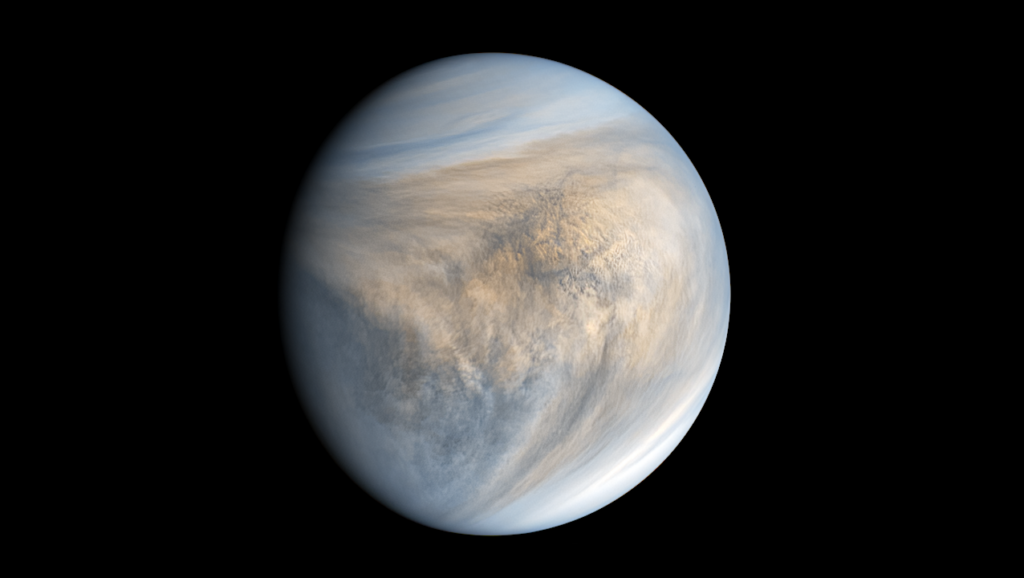Living Organisms in Oil

Scientists from the Helmholtz Zentrum Muenchen have discovered that these communities of microorganisms play a part in breaking down the oil and have published their findings in the renowned journal Science.
Oil might not, at first sight, seem like an inhabited terrain. Within the oil, however, are tiny, suspended water droplets. “Inside them we found complex microbial communities, which play an active part in oil degradation in situ,” says first author Prof. Rainer Meckenstock from the Helmholtz Zentrum Muenchen (HMGU).
Previously it was assumed that microbial oil degradation only occurred at the oil-water interface. The team headed by Prof. Meckenstock from the Institute of Groundwater Ecology and the Department of Biogeochemistry at HMGU along with international colleagues from the Technical University of Berlin, Washington State University (USA) and the University of West Indies (Trinidad and Tobago) have now been able to demonstrate that degradation processes also occur within the oil phase.
Microbial degradation reduces oil quality
“Degradation changes the chemical composition of the oil and ultimately leads to the formation of viscous bitumen, as in oil sands, ” Prof. Meckenstock explains. “Our data thus supplies important information about oil quality and is therefore essential for the industry that surrounds what is still the most important energy source worldwide.”
Oily inhabitants: a curse or a blessing?
Although the breakdown of chemical compounds (hydrocarbons) damages the oil, this can be highly desirable in contaminated groundwater. The microorganisms, which have adapted to an extremely toxic habitat, could pave the way for new concepts for cleaning up pollution in groundwater. The scientists are planning follow-up projects to refine this approach.
Investigations by the scientists were conducted at Pitch Lake in Trinidad and Tobago in the Caribbean. The lake is a natural source of oil; the oil rises to the surface, where it solidifies and forms a hard crust (bitumen).
Further Information
Original publication:
Meckenstock, R. et al. (2014), Water droplets in oil are microhabitats for microbial life, Science, doi: 10.1126/science.1252215
As German Research Center for Environmental Health, Helmholtz Zentrum Muenchen pursues the goal of developing personalized medical approaches for the prevention and therapy of major common diseases such as diabetes mellitus and lung diseases. To achieve this, it investigates the interaction of genetics, environmental factors and lifestyle. The Helmholtz Zentrum Muenchen has about 2,200 staff members and is headquartered in Neuherberg in the north of Munich. Helmholtz Zentrum Muenchen is a member of the Helmholtz Association, a community of 18 scientific-technical and medical-biological research centers with a total of about 34,000 staff members.
The Institute for Groundwater Ecology (IGOE) is concerned with the processes involved in the degradation and proliferation of pollutants in groundwater and develops ecological criteria for the evaluation of groundwater fauna. Its main aim is to research the microbial processes that lead to self-cleaning of groundwater and thus help to protect our most important source of drinking water. IGOE is part of the Department of Environmental Sciences.
Scientific Contact
Prof. Dr. Rainer Meckenstock, Institute for Groundwater Ecology, Helmholtz Zentrum Muenchen – German Research Center for Environmental Health (GmbH), Ingolstaedter Landstr. 1, 85764 Neuherberg , Phone: 089-3187-2560 – Email


